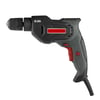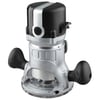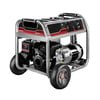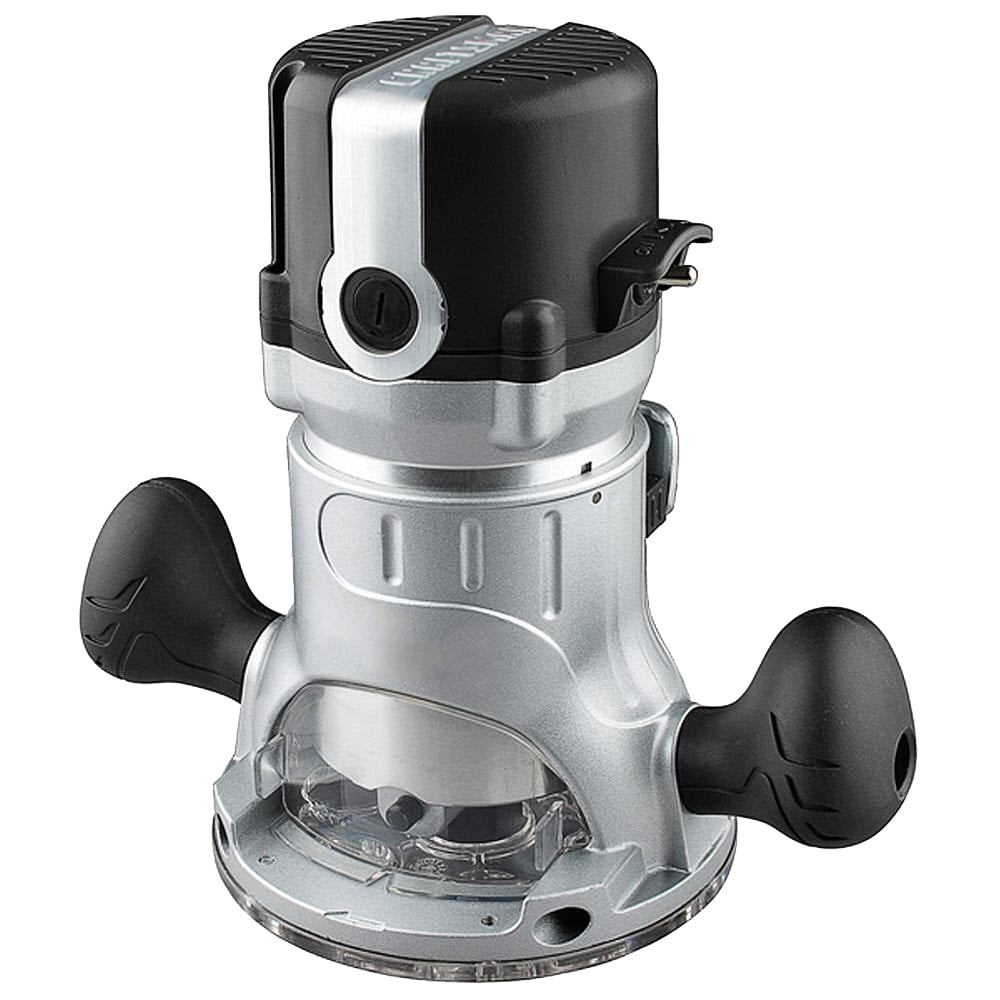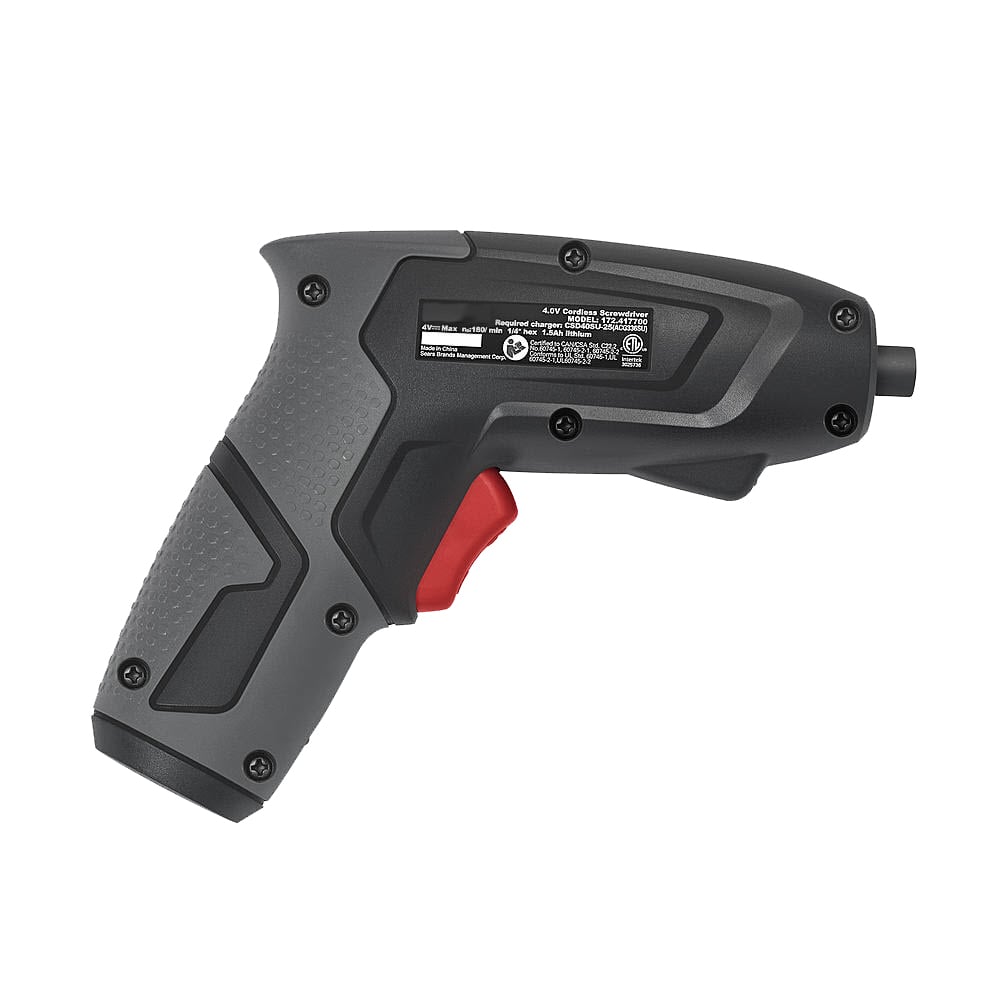For over a century, Porter-Cable has produced power hand tools for contractors, machine shops and homeowners. The fact that they have been in business for over a century is a testament to the quality of their tools. Whether for woodworking, tire changing or fine-metal work, these tools are found in shops and homes throughout the world.
We carry parts for these popular Porter Cable models
What are common Porter-Cable tools?
- Air compressors—Used for automotive maintenance, construction work and much more
- Saws—Saws of all types: circular saws, jigsaws, reciprocating saws, tile saws, table saws and chop saws
- Nailers—Every kind of air-driven nailer imaginable, including finish and trim nailers, roofing nailers and framing nailers
- Drills—Hammer drills and drill presses
- Finishing tools—Dovetail and fastening tools, laminate trimmers, planers and jointers, sanders, routers and polishers
- Impact tools—Oscillators, wrenches and drivers
What parts commonly wear out and need replacement?
Porter-Cable tools perform in a working environment that places considerable pressure on every part of the tool. Every Porter-Cable tool is subjected to impact pressure of one kind or another, and the momentum generated by the impact can take a toll on the individual parts. The parts that are most likely to need replacement are those parts closest to the impact points and those that generate the force for the impact.
- Air compressor integrity parts—Air compressors generate considerable PSI and are required to hold that pressure for long periods of time. Seals, O-rings, hose clamps and release valves see considerable wear whether in the air compressor or in the tools that receive the air pressure.
- Impact parts—The internal hammers that generate the impacts in nailers, wrenches and drills wear out relatively quickly.
- Safety parts—Mufflers in impact tools and air compressors wear thin over time. Covers over saws and along the debris trails wear down and eventually wear through. Safety switches in handles for such items as wrenches and saws lose integrity and should be replaced and not bypassed.
- Handles—The handles of air-wrenches, planers and drills take a lot of torque. Eventually, they can weaken and become warped. At that time, they should be replaced.
- Clasps and other holders—When you replace a part such as a handle or an impact part, you should also replace the fasteners that hold it in place. With high-impact and high-torque tools, the fasteners tend to twist and bend. Replacement with a new fastener straightens the parts for best effect.

